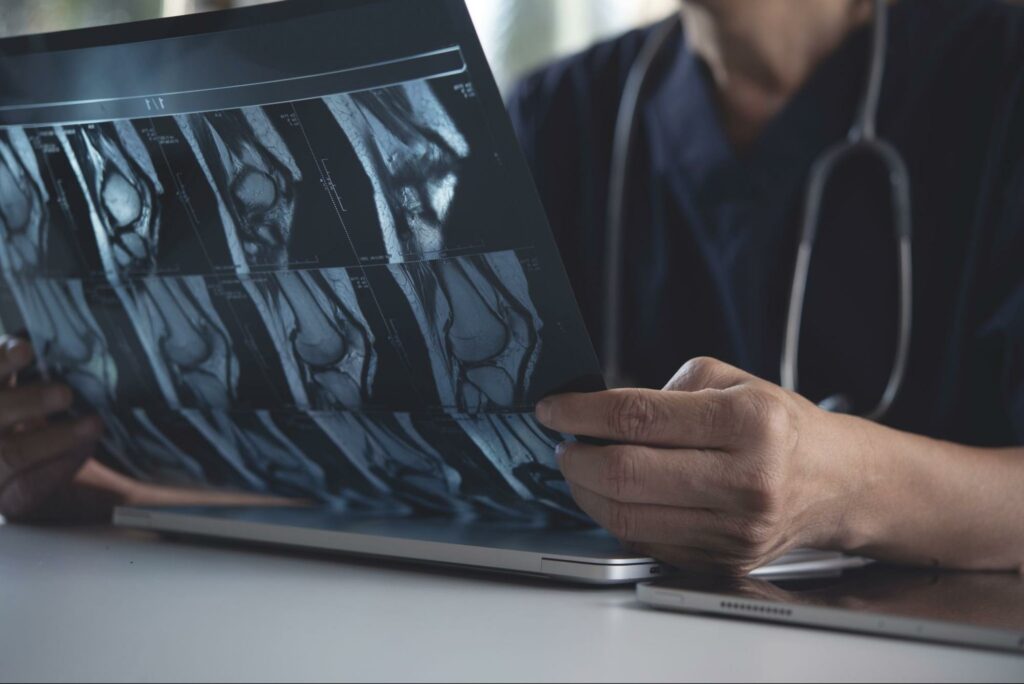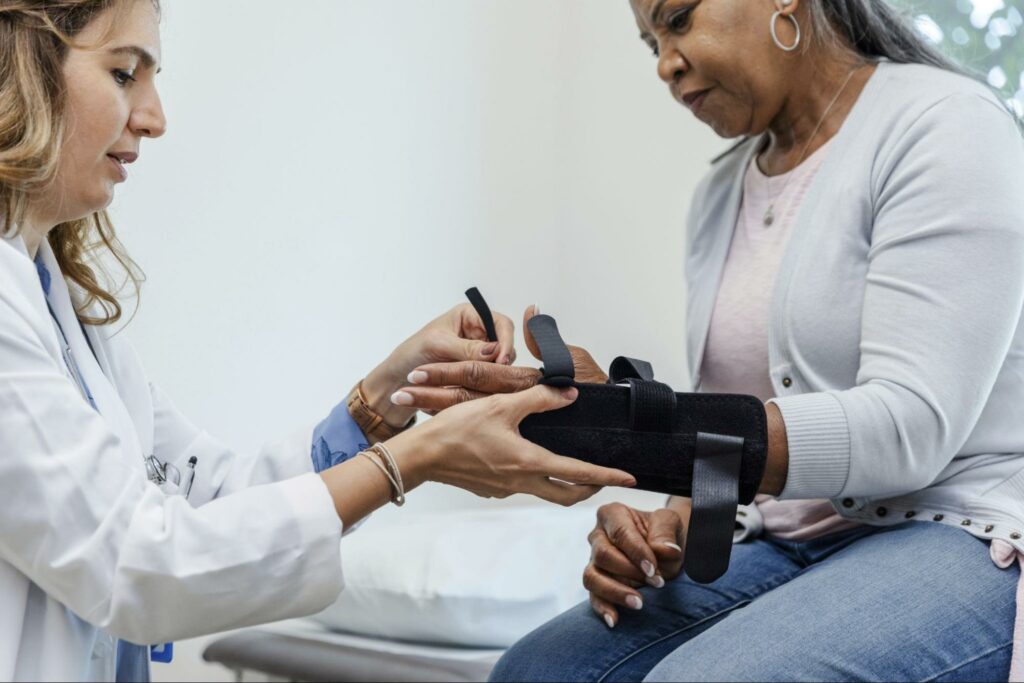 Medical evidence is vital for securing a fair settlement in a personal injury case. It serves two key purposes: proving the extent of injuries and establishing causation. These elements are essential in getting the largest personal injury settlement possible.
Medical evidence is vital for securing a fair settlement in a personal injury case. It serves two key purposes: proving the extent of injuries and establishing causation. These elements are essential in getting the largest personal injury settlement possible.
Proving the Extent of Your Injuries with Medical Evidence
When it comes to personal injury cases, proving the extent of your injuries is crucial for securing a fair settlement. Medical evidence acts as your strongest suit in this situation.
The following medical evidence helps establish the severity of injuries:
- Comprehensive Medical Records: Medical records, maintained by hospitals, doctors, and specialists you’ve seen, provide a detailed account of your injuries. These records typically include initial injury evaluation, doctor’s notes outlining symptoms and observations, diagnostic test results (X-rays, MRIs, etc.), treatment plans and progress reports, and surgical reports.
- Objective Documentation: Medical records offer objective proof of your injuries. Unlike verbal descriptions of pain, these records are based on medical examinations and findings, making them a more reliable source of information.
- Timeline of Care: Medical records create a chronological record of your medical journey post-injury. This timeline helps establish the ongoing impact the accident has had on your health and the course of treatment you’ve undergone.
By presenting a comprehensive set of medical records, you can effectively demonstrate the nature, severity, and persistence of your injuries. This strengthens your claim significantly and allows for a more accurate assessment of the damages you’ve incurred.
Establishing Causation of Your Injury with Medical Evidence

- Linking Injury to Accident: Ideally, medical records will explicitly mention the accident as the cause of your injuries. This can be documented during the initial evaluation when you provide details about the accident.
- Timeline Consistency: The timeline of your medical records should be consistent with the accident. If you sought medical attention immediately after the accident and your injuries align with the type of force or impact you experienced, it strengthens the causation argument.
- Pre-Existing Conditions: If you had pre-existing conditions, medical records can help establish their baseline status before the accident. This clarifies that the accident caused new injuries, not simply exacerbated pre-existing ones.
- Medical Opinions: In some cases, doctors may provide written opinions in your medical records explicitly stating a causal link between the accident and your injuries. This expert opinion carries significant weight in court.
Medical evidence can link your injuries directly to the accident. This is crucial in holding the liable party accountable for the damages they caused.
Leveraging Medical Evidence to Strengthen Your Personal Injury Case

- Seek Prompt Medical Attention: Getting medical attention right after the accident creates a clear timeline connecting your injuries to the event.
- Follow Doctor’s Orders: Attending all appointments, taking prescribed medications, and undergoing recommended therapies show the court you’re serious about recovery and demonstrate the extent of your treatment needs.
- Maintain Detailed Records: Keep copies of all medical bills, receipts, and reports. Note down any pain, limitations, or other symptoms you experience.
- Keep Pain Journals: While not official medical records, maintaining a personal record of your pain levels and limitations strengthens your case by showcasing the ongoing impact on your daily life.
- Consider Maximum Medical Improvement (MMI): Once you reach MMI, your doctor can estimate potential future medical needs. This aids in calculating the total cost of your injuries.
How Much Compensation Can I Get by Using Medical Evidence?
You can get compensation to cover both economic and non-economic damages after a personal injury accident caused by someone else. Every case is unique, so it’s impossible to tell how much you can get until you speak to a personal injury lawyer.
Economic damages are those that are directly related to your monetary losses, including medical bills and wage loss. You can get 100% of your economic damages paid for.
Non-economic damages are more subjective. They include pain and suffering and loss of enjoyment of life. Your attorney can negotiate with the insurance companies to get you the most compensation possible for non-economic damages.
Medical evidence will help you get the maximum amount of money for both of these types of damages.
Get Maximum Compensation with an Upstate, SC Personal Injury Lawyer
It’s important to work closely with a personal injury attorney who understands how to use medical evidence to strengthen your case. Your attorney can guide you through the medical documentation process, ensure you have the necessary evidence to establish causation and extent of injuries, and negotiate a fair settlement that reflects the true value of your claim.
By strategically utilizing medical evidence and with the guidance of a lawyer, you can significantly strengthen your personal injury case and increase your chances of receiving the most money possible for your injuries.
Attorney Venus Poe has helped countless victims of negligence and intentional wrongdoing. Contact us today for an initial consultation.
